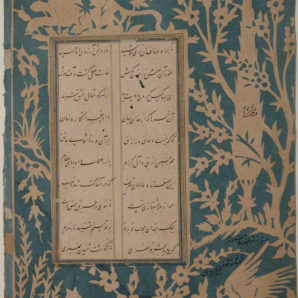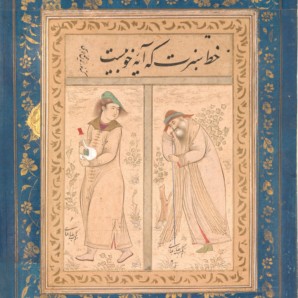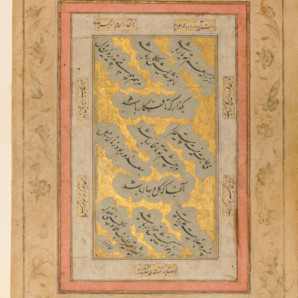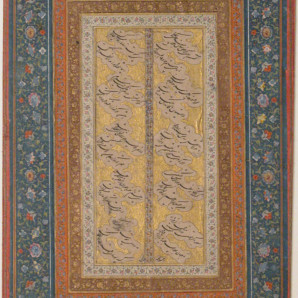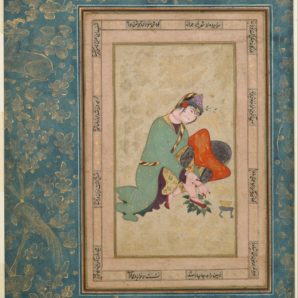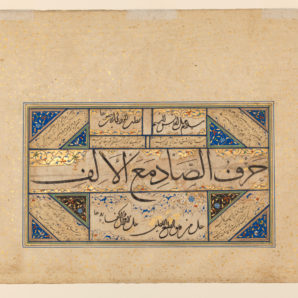
Modern Religion, Modern Sign, Modern Ritual
When we recite, in time we come to embody the language of the recitation. We hear our own voice and at times that of others.
Read More →
When we recite, in time we come to embody the language of the recitation. We hear our own voice and at times that of others.
Read More →
